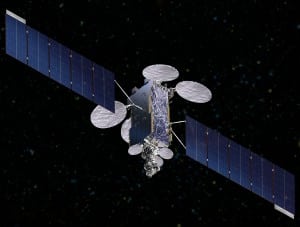
As the technology for satellites, as well as their payloads and ground stations, evolve ever more rapidly, Lockheed Martin [LMT] is preparing for a future environment where satellites could be reprogrammed for a new mission while still in orbit, and where government payloads could hitch a ride on commercial satellites with much more regularity. Mike Hamel, Lockheed Martin’s president of commercial space, said at a company media day that the hosted payload concept is the exception but not the rule…










